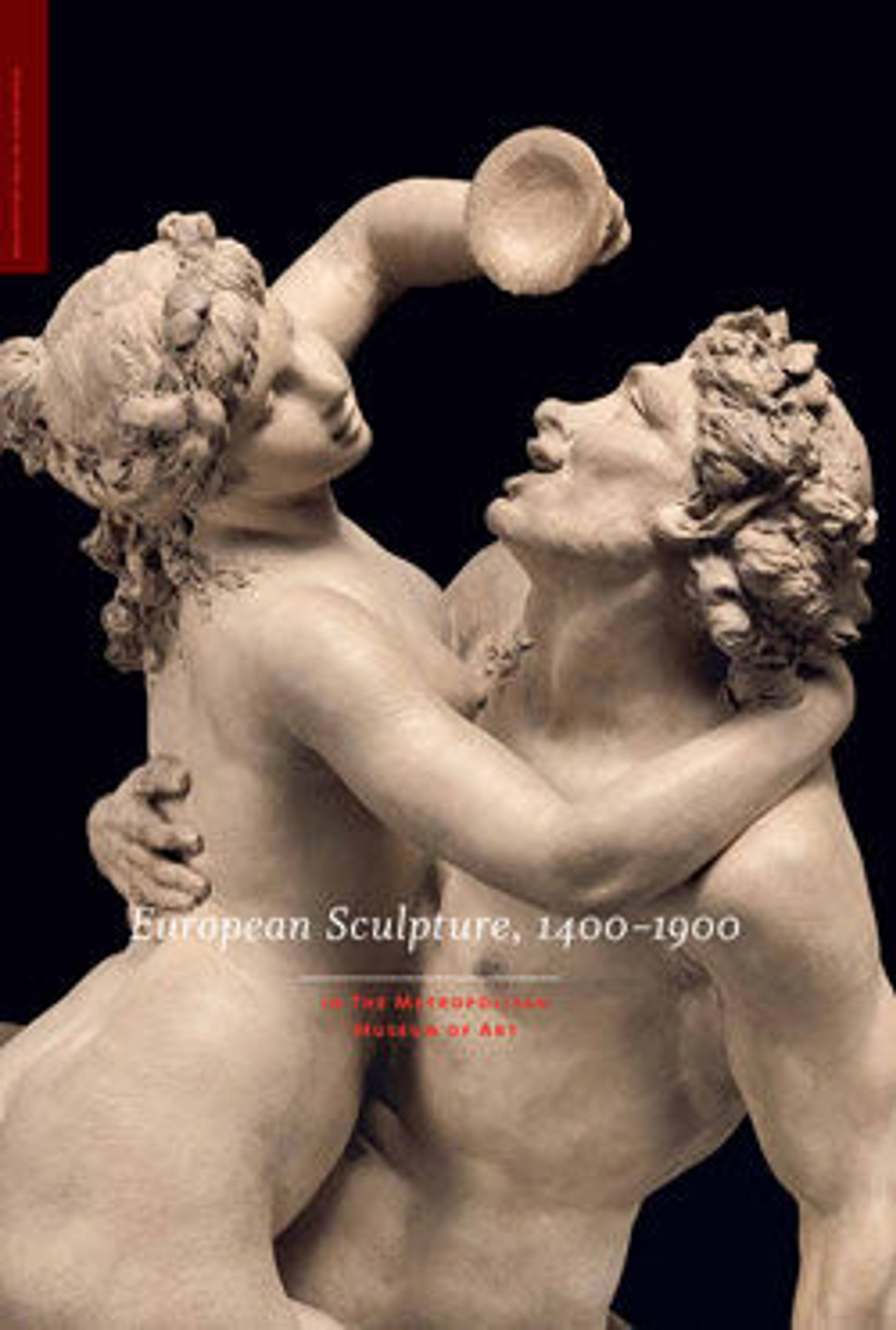Nessus Abducting Dejanira
In early-nineteenth-century Rome only Antonio Canova rivaled the sculptor Bertel Thorvaldsen. One area in which the Dane was the acknowledged master was the independent relief; a contemporary critic termed Thorvaldsen the "patriarch of the bas-relief." While these tended to be small scale, compact, and restrained, in emulation of the ancient compositions that Neoclassical artists revered, this one is unusual for its large size, bold plasticity, and sensual subject. The well known myth concerns the centaur Nessus's betrayal of Hercules' trust: charged with carrying Hercules' wife across the river Euenus, the centaur tries to abduct her but is slain by a poisoned arrow shot by Hercules. Against a severe background the sculptor chiseled the dramatic moment when Deianira waves to her husband for help as her abductor twists to kiss her. Thorvaldsen's starting point for the composition is an ancient Roman relief that he knew from an engraving now in the Thorvaldsen Museum, Copenhagen, completed two years after his death to house the collection he gave his native city. A series of drawings shows the artist's efforts to intensify the figures' interaction. This marble was commissioned by Paolo Marulli, brother of the duke of Ascoli, for his residence in Naples, where it joined other Thorvaldsen reliefs.
Artwork Details
- Title: Nessus Abducting Dejanira
- Artist: Bertel Thorvaldsen (Danish, Copenhagen 1770–1844 Copenhagen)
- Patron: Commissioned by Count Paolo Marulli
- Date: modeled 1814–15, carved 1821–23 or 1826
- Culture: Danish, sculpted Rome
- Medium: Marble
- Dimensions: confirmed: 39 1/2 × 49 1/2 × 5 3/4 in., 414 lb. (100.3 × 125.7 × 14.6 cm, 187.8 kg)
historic dimensions, superceded: 47 1/4 × 49 3/16 in. (120 × 125 cm) - Classification: Sculpture
- Credit Line: European Sculpture and Decorative Arts Fund, 2004
- Object Number: 2004.174
- Curatorial Department: European Sculpture and Decorative Arts
More Artwork
Research Resources
The Met provides unparalleled resources for research and welcomes an international community of students and scholars. The Met's Open Access API is where creators and researchers can connect to the The Met collection. Open Access data and public domain images are available for unrestricted commercial and noncommercial use without permission or fee.
To request images under copyright and other restrictions, please use this Image Request form.
Feedback
We continue to research and examine historical and cultural context for objects in The Met collection. If you have comments or questions about this object record, please contact us using the form below. The Museum looks forward to receiving your comments.
